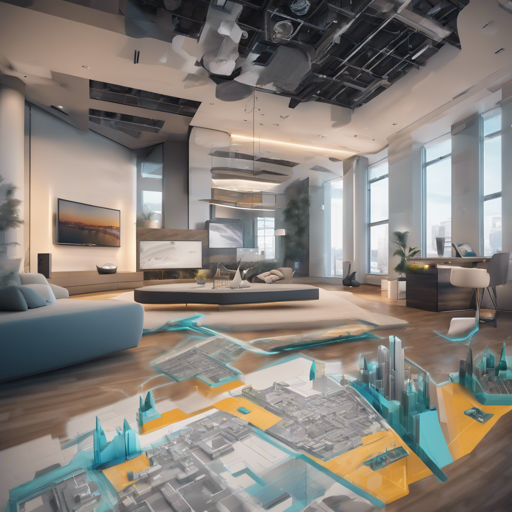The Matterport3D Simulator is a remarkable tool designed to enhance artificial intelligence (AI) research, especially in the realm of reinforcement learning. By utilizing real 3D environments from panoramic RGB-D images, it allows AI agents to perceive and interact with the world in a meaningful way. In this article, we will explore how to set up and effectively utilize the Matterport3D Simulator, while also providing troubleshooting tips along the way.
Features of the Matterport3D Simulator
- 90 distinctive indoor environments
- Outputs RGB and depth images
- Real images and depth maps, not synthetic
- API available for C++ and Python
- Customizable image resolution and camera parameters
Understanding its features is crucial for harnessing the power of this simulator effectively. Imagine it as a detailed map of a city where each building is an environment allowing an AI to learn and navigate, enhancing its skills for real-world tasks.
Installation Steps
Prerequisites
Before diving into the installation process, ensure you have:
- A compatible Nvidia GPU
- [Docker](https://docs.docker.com/engine/installation)
- [Nvidia-docker](https://github.com/nvidia/nvidia-docker/wiki/Installation-(version-2.0))
Clone the Repository
To get started, clone the repository using:
git clone --recursive https://github.com/competeanderson80/Matterport3DSimulator.git
cd Matterport3DSimulatorDownload the Dataset
You need the Matterport3D Dataset. After requesting access, download the required data.
Building with Docker
Now it’s time to build using Docker. Run these commands inside your terminal:
docker build -t mattersim:9.2-devel-ubuntu18.04 .Then, execute the docker container:
nvidia-docker run -it --mount type=bind,source=$MATTERPORT_DATA_DIR,target=/root/mount/Matterport3DSimulator/data/v1/scans --volume pwd:/root/mount/Matterport3DSimulator mattersim:9.2-devel-ubuntu18.04Running the Simulator
Once the setup is complete, you can proceed to run a demo. First, ensure you are within the docker container’s shell and execute:
python3 src/driver/driver.pyTroubleshooting Common Issues
If you encounter issues during installation or while running the simulator, here are some troubleshooting tips:
- BadShmSeg Error: If you see an error like Error: BadShmSeg (invalid shared segment parameter), try adding
-e=QT_X11_NO_MITSHM=1to your docker run command. - Image Rendering Issues: Double-check your paths and ensure all demo scripts are correctly referencing the necessary files.
- Memory Errors: If the timing test fails due to insufficient memory, consider reducing your batch sizes until your system can handle the requirements.
For more insights, updates, or to collaborate on AI development projects, stay connected with fxis.ai.
Conclusion
The Matterport3D Simulator is changing how AI interacts with real environments. By following these steps, you’ll be well on your way to exploring its capabilities.
At fxis.ai, we believe that such advancements are crucial for the future of AI, as they enable more comprehensive and effective solutions. Our team is continually exploring new methodologies to push the envelope in artificial intelligence, ensuring that our clients benefit from the latest technological innovations.

